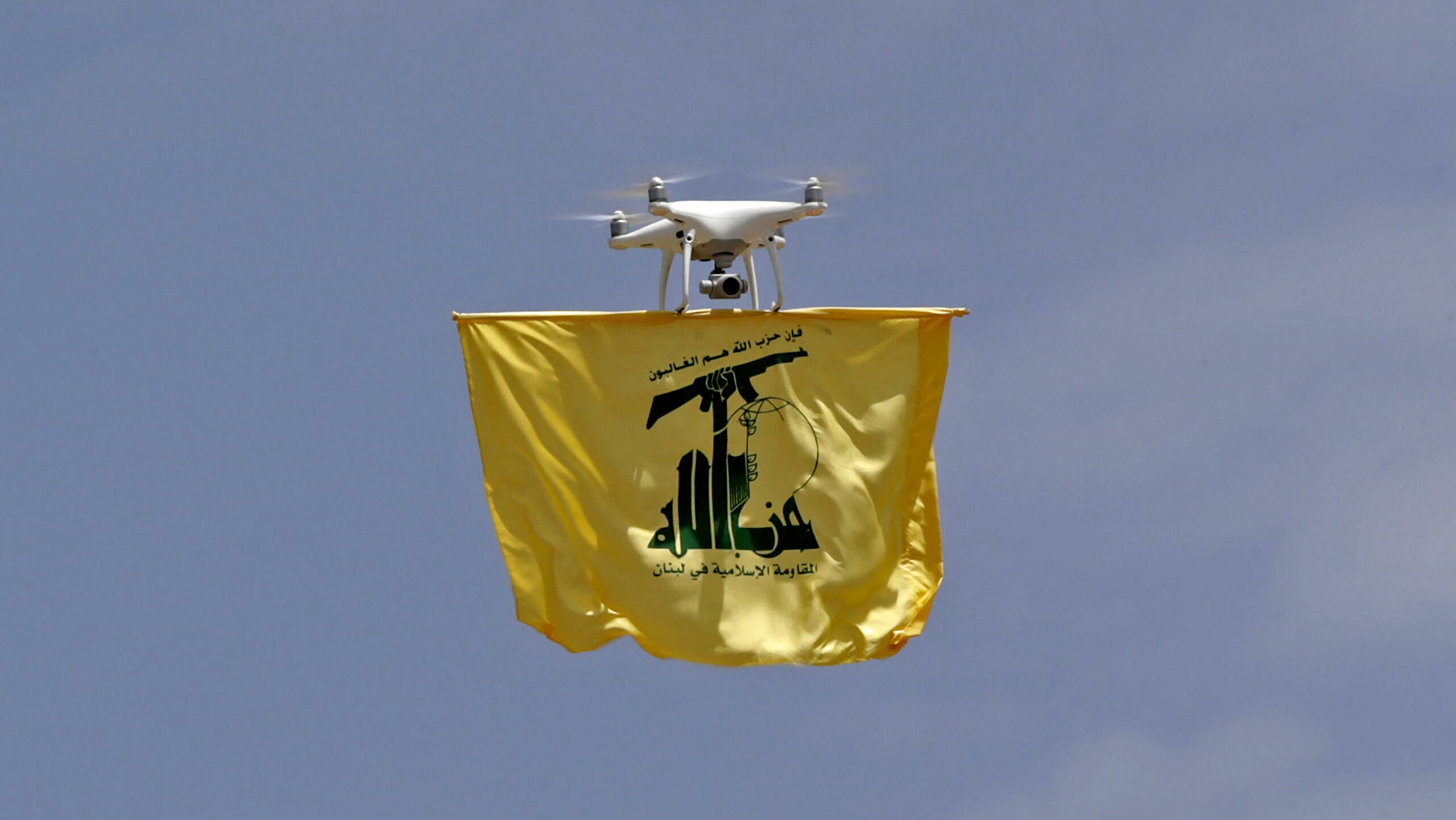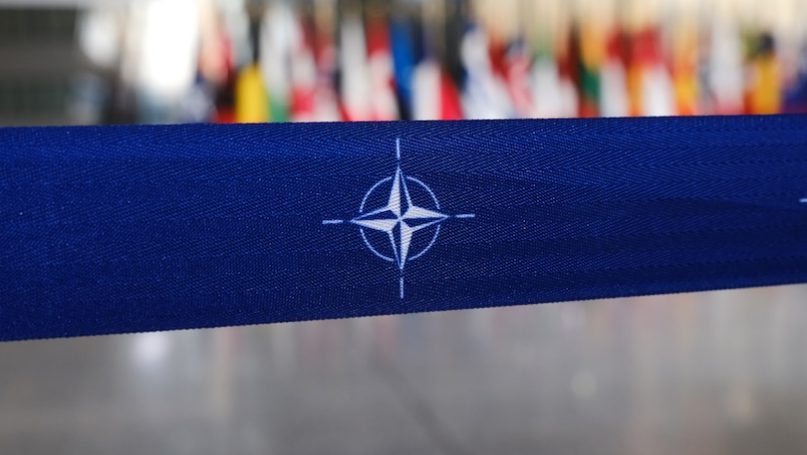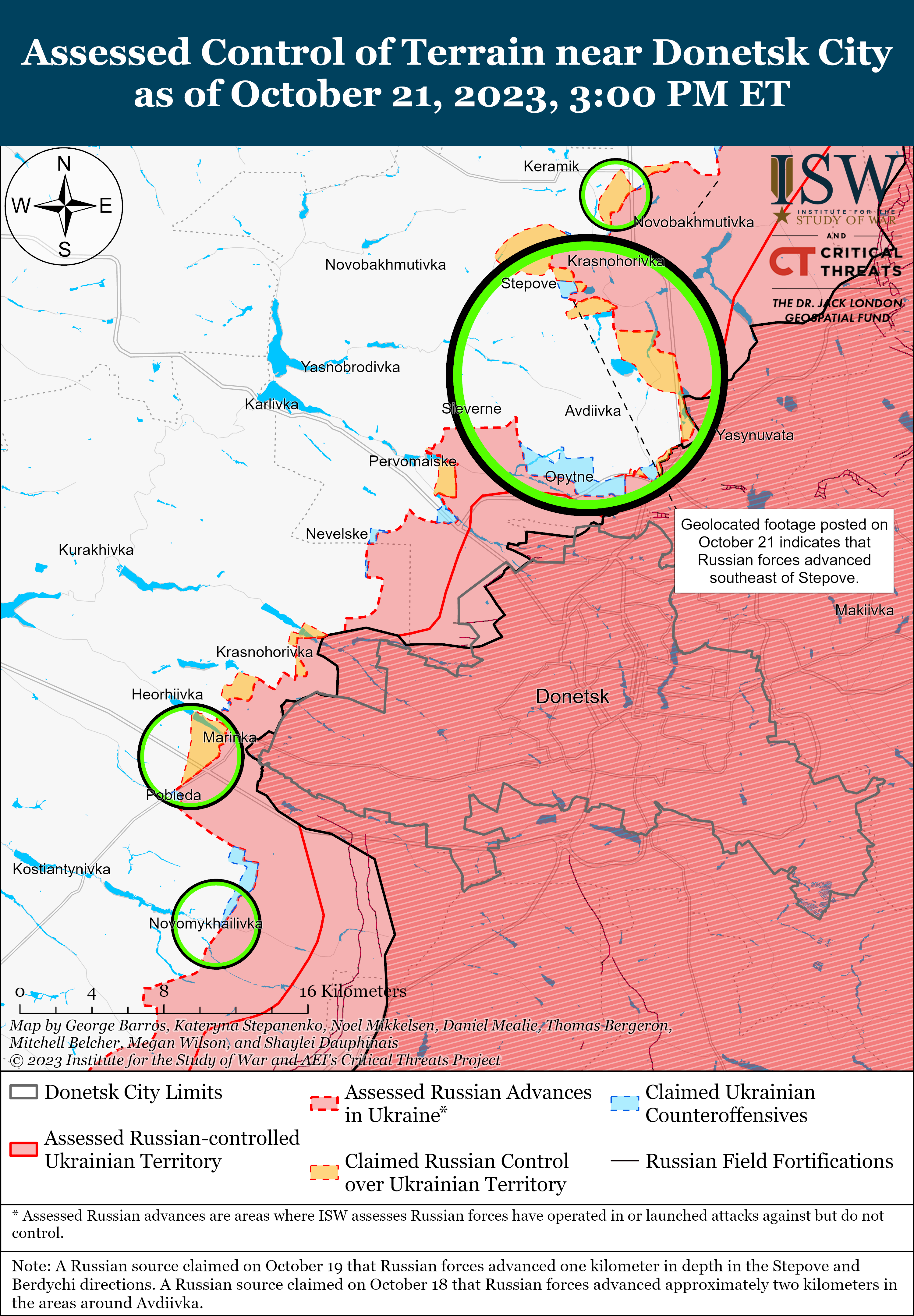DANIEL WILLIAMS

US President Joe Biden gave a televised speech Thursday night, providing a verbal tour of his thoughts on both the Hamas-Israel war and Russia’s attack on Ukraine.
His speech vividly described the horrors visited on civilian victims of both conflicts when Hamas invaded Israel from the Gaza Strip and Russian President Vladimir Putin made war on Ukraine 22 months ago.
Biden offered sympathy to Palestinian civilians not associated with Hamas and mentioned conversations with leaders of Egypt and the Palestinian Authority, which runs parts of the West Bank. He proclaimed it America’s duty to help Israel and Ukraine in their fights because the US is the “beacon to the world.”
He backed the Ukrainian goal of ousting the Russians from their country. He did the same for Israel, but there was a difference between Ukraine, which is defending its own sovereign territory, and Israel, which is ousting an armed group from land it has agreed is not its own and which it does not want to occupy.
In short, what happens after the war’s end? Biden made only fleeting reference to his own desire once the Israel-Hamas war, now entering its third week, is over. He devoted one sentence to his preferred outcome: adherence to what is known as the two-state solution—i.e. the creation of a Palestinian state encompassing the Gaza Strip and the West Bank alongside Israel.


















